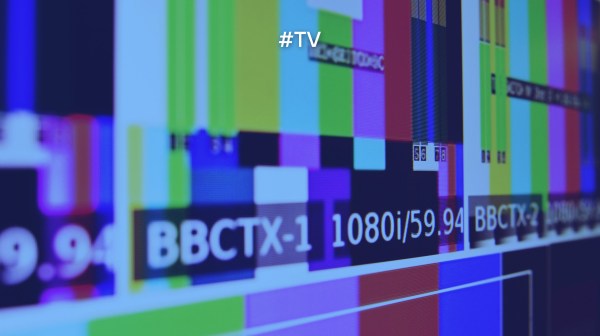Talking and listening bears, robots and a puzzle that shifts from two to three dimensions when it’s been solved. Transforming conventional physical toys into smart ones through connectivity not only makes them more attractive to children, but also stimulates their curiosity. Developing this potential for educational purposes is one of the objectives behind a new project of the AIJU (Toy Research Institute).
In December 2021 the AIJU presented the Multi-sectoral AI Platform project, funded by the Valencian Institute for Business Competitiveness. Its objective is to create a free-access platform to help companies in the toy industry and the social and health sector in the early diagnosis of certain pathologies such as Alzheimer’s disease.
The scientific goals of the project are ambitious. The platform seeks to integrate Artificial Intelligence and data analytics services. The nature of the AI services it wishes to develop is based on the use of chatbots, voice and image recognition and sentiment and emotional analysis.
The digitisation of traditional physical toys
Far from opening up the debate as to whether children should use traditional physical toys or video game consoles and the Internet, the AIJU is committed to bringing the two worlds together by creating virtual scenarios. Children are gradually losing interest in the toys we’ve always played with and turning to the new technologies.
By scanning a toy with a smartphone or tablet, the use of these virtual scenarios enhances the experience of the physical object. So, for example, if a boy wants to play at being a great chef and he scans his toy kitchen, a space in which his dishes appear in Augmented Reality can be opened. In turn, this technology can incorporate information to teach children about healthy eating and how to cook food. This option increases the attractiveness of these games for children.
Big Data for understanding children’s emotional state
One of the concerns of parents and educators is not being able to detect children’s negative emotions in time. In this respect, Big Data, thanks to the use of 5G, can contribute to detecting cases of bullying or family problems.
The simplest tool is the integration of chatbotsinto games. This is a way of interacting with the child upon the basis of simple and common questions. One of them may be to ask how he/she’s doing. The system then sends the parents a summary of the answers given. However, it isn’t the only way of obtaining information.
When it comes to creating the virtual scenarios, the system analyses whether the child uses too many dark tones or whether the characters’ expressions are sad. In such cases, this may indicate the existence of a problem.
Are connected toys safe and do they protect children’s privacy?
Like any other devices with connectivity, these toys entail risks. On the one hand, the sheer volume of data that they collect obliges responsible companies to store them in the cloud. This leaves the responsibility for protecting the information collected from the children in the hands of each manufacturer.
Generally speaking, in order to fully enjoy these kinds of toys, the child is obliged to provide a set of data. However, the European Commission has already issued guidelines to toy companies in this regard in order to limit the information they can collect from children. Thus, under no circumstances can they locate the child’s address and they must limit the amount of data they ask for.
Moreover, companies are not exempt from attacks by hackers either. The European Commission therefore obliges producers of smarttoys to implement organisational and technical measures to guarantee the safety of the toy throughout its life cycle.
With regard to security involving attacks on home Wi-Fi, parents need to establish the same measures as those they use to protect other devices, such as turning off the toy when it isn’t in use or installing security updates as they become available. These are often the best measures for staving off intruders.
With regard to the protection of children’s data, it should be borne in mind that, in accordance with the General Data Protection Regulation, their processing may only be based on the consent of the child if he/she is over 14 years of age. Thus, toy manufacturers can’t share their toys with third parties. Parents or guardians must exercise such control.
In short, connected toys are highly attractive to children and open up huge didactic and pedagogical possibilities. In an increasingly digitised world we need to teach children to protect themselves online, just as we do to protect them offline.
To help parents to choose the best connected toys and provide them with the necessary knowledge concerning the safety of their children, the INCIBE (National Institute of Cybersecurity), together with the Spanish Association of Toy Manufacturers, has published a guide on the protection of children and their environment with regard to their manufacture to make them cybersafe. Nor should we forget the need to teach children to promote social skills, to learn through play to cooperate and to work as a team, so that a toy, whether it be connected or not, is just another tool, under adult supervision.












